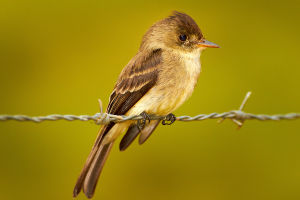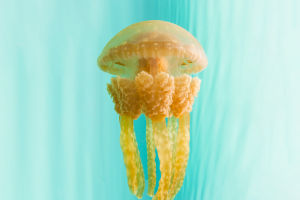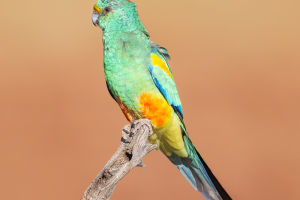Hi Lykkers Polar bears often regarded as the iconic symbol of the Arctic, are magnificent creatures that have adapted to one of the most extreme environments on Earth.
Let's explores the biology, behavior, and conservation of polar bears, highlighting the importance of protecting these majestic giants.
Physical Characteristics
Polar bears are the largest land carnivores in the world, with adult males typically weighing between 900 to 1,600 pounds and measuring up to 10 feet long when fully grown. Females are smaller, weighing around 330 to 650 pounds. Their thick layer of blubber, combined with a dense fur coat, provides insulation against the frigid Arctic temperatures, which can drop to -50 degrees Fahrenheit.
Fur and Skin
Polar bears have a unique adaptation for their environment. Although their fur appears white, it is actually transparent and hollow, reflecting light and providing camouflage against the snowy landscape. Beneath their fur, polar bears have black skin that absorbs heat from sunlight, helping them stay warm in icy conditions.
Limbs and Claws
Their powerful limbs are designed for swimming and walking on ice. Polar bears have large, paddle-like paws that enable them to swim efficiently in cold waters. The paws are covered with small, soft bumps called papillae, which provide traction on slippery surfaces. Their sharp claws assist in gripping the ice and catching prey.
Hunting Techniques
Polar bears use various hunting strategies to catch seals. One common method is called still-hunting, where the bear patiently waits by a seal's breathing hole in the ice. When a seal surfaces for air, the polar bear strikes with lightning speed, capturing its prey. They are also known to break through thin ice to reach seals resting on the surface.
Foraging for Food
During the summer months, when sea ice melts, polar bears may struggle to find food. As they face food shortages, they will roam large distances and may even scavenge on carcasses or other available food sources. This foraging behavior highlights their adaptability in an increasingly changing environment.
Reproduction and Parenting
Polar bears have a unique reproductive cycle. Mating occurs in the spring, and after a gestation period of about eight months, female polar bears give birth to one to three cubs in a snow den during the winter months. The cubs are born blind and rely heavily on their mother's milk for nourishment.
1. Mother-Child Bonding: Mother polar bears are incredibly nurturing and protective of their cubs. They remain with their young for about two to three years, teaching them essential survival skills, such as hunting and navigating their icy habitat. This bonding period is crucial for the cubs' development.
2. Cubs’ First Experiences: As the cubs grow, they venture out of the den in the spring, experiencing the world for the first time. They learn to play, hunt, and explore their surroundings alongside their mother, gradually becoming more independent.
Conservation Status
Polar bears are classified as vulnerable by the International Union for Conservation of Nature (IUCN) due to the threats they face from climate change, habitat loss, and human activities. The melting of Arctic sea ice is one of the most significant challenges, as it affects their hunting grounds and access to food.
Polar bears are remarkable animals that embody the beauty and fragility of the Arctic environment. Their majestic presence is a reminder of the importance of preserving the natural world for future generations. By supporting conservation efforts, advocating for sustainable practices, and raising awareness about the challenges these magnificent creatures face, we can contribute to a future where polar bears continue to thrive in their icy domains.


